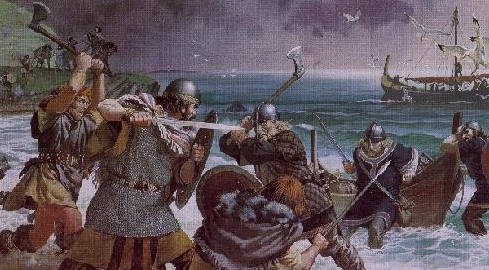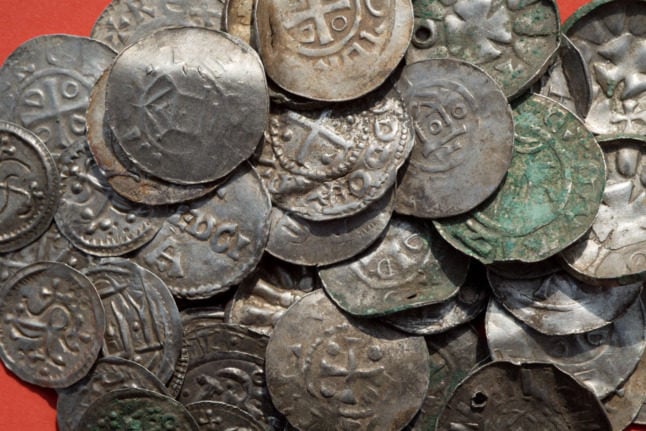VIKINGS
Vikings slaves beheaded and buried by masters
A new study of a Viking burial area near the Lofoten islands has concluded that slaves were decapitated and buried along with their masters, either as a human sacrifice or simply to serve them in the afterlife.
Published: 5 November 2013 09:00 CET

Vikings
The study, titled 'Slaves as burial gifts in Viking age Norway?', which will be published in the January issue of the Journal of Archeological Science, is based on DNA analysis of ten Viking age bodies found at a burial site in Flakstad.
Naumann and her team carried out DNA and isotope testing on the bodies, which are grouped as three single burials, two double burials and one triple burial.
She found that in the double and triple burials, only one individual had his skeleton intact, while the others were headless.
DNA analysis showed that those buried together were not related, while 'stable isotope analysis' showed that those who had been decapitated had eaten a different and poorer diet over their lives, and were therefore probably from a different strata in society.
"A reasonable explanation for these observations could be that persons buried headless may have been slaves accompanying their masters in the grave," Naumann wrote. "This interpretation corresponds well with other double burials from the Norse World."
Url copied to clipboard!


 Please whitelist us to continue reading.
Please whitelist us to continue reading.
Member comments